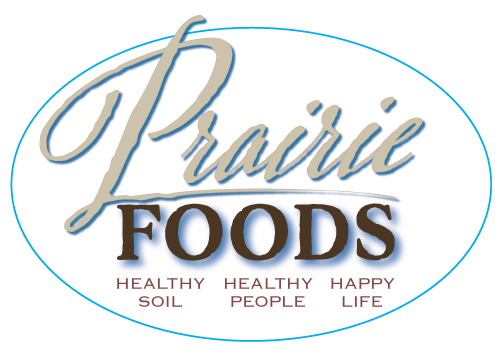Cooking Techniques: Moist vs Dry Heat Cooking
posted on
July 11, 2025

Whether you're a seasoned home cook or just learning your way around the kitchen, knowing how to cook meat properly can mean the difference between a tender, mouthwatering meal—or something you'd rather forget. One of the most important decisions happens before you even light the stove: choosing the right cooking method.
Broadly speaking, cooking meat comes down to two approaches: moist heat and dry heat. Moist heat uses water, broth, wine, or steam to transfer heat and break down tough connective tissues. Dry heat, on the other hand, brings high heat and flavor but requires more delicate cuts to shine.
Let’s break down the most common techniques—and when to use them.
🔥 Moist Heat Cooking Methods
These methods use liquid to gently transfer heat into the meat. They're ideal for tougher, more connective cuts that need time to become tender.
Braising
Perfect for fall-off-the-fork meat, braising starts by browning the meat, then cooking it slowly in a covered pot with just a bit of liquid. The result? Deep flavor and unbeatable tenderness. Think short ribs, brisket, or pork shoulder.
Stewing
Similar to braising but with more liquid and smaller cuts of meat. Stewing fully submerges the meat, making it a great option for soups and hearty dishes like beef stew. Best with tougher cuts—don’t waste good steak on a stew!
🔥 Dry Heat Cooking Methods
These methods use air, flame, or fat—no added liquid. Ideal for tender, quick-cooking cuts like steaks or chops.
Barbecuing / Smoking
Low and slow wins the day. Smoking adds complex flavors while gently cooking meat over wood chips or logs. Perfect for brisket, pork shoulder, or ribs.
Grilling
High heat, fast cook, rich flavor. Grilling is ideal for steaks, burgers, and kabobs. Sear on high heat, then finish over indirect heat for thicker cuts.
Pan Frying / Stir Frying
Quick and easy. Use a bit of oil or butter and high heat to brown thin cuts or small pieces of meat. Stir frying moves fast—keep things moving for an even cook.
Pan Searing
For a caramelized crust and locked-in flavor, searing is king. Often used as a first step before finishing meat in the oven (reverse sear), it also sets up beautifully for a pan sauce.
Roasting
Big, bold flavor for larger cuts. Roasting uses oven heat to tenderize and brown. Best for whole chickens, leg of lamb, or roasts. Browning first adds depth.
🥩 Which Method Is Best?
It depends on your cut of meat and your goals.
-
Tough cuts with lots of connective tissue? Braise or stew.
-
Tender cuts like ribeye or chops? Grill, pan sear, or roast.
-
Want smoky flavor? Fire up the smoker.
-
In a hurry? Stir fry delivers fast.
No matter what you choose, the right method brings out the best in your meat.




